As you enter Muay Thai’s world Muay Thai, one of the first things you’ll notice is that there are a lot of belts Muay Thai — emblems of skill, progress, and commitment. In contrast to other martial arts that have long-standing belt practices, Muay Thai’s rank system of ranking is a fresh idea that is designed to help instructors and students gauge their progress. It doesn’t matter if you’re just a beginner seeking guidance on where to begin or a seasoned practitioner striving to master the art, this guide will guide you through all you must be aware of about belts in Muay Thai including their colors, order, and training methods, prices and much more.
What Is the Order of Belts in Muay Thai?
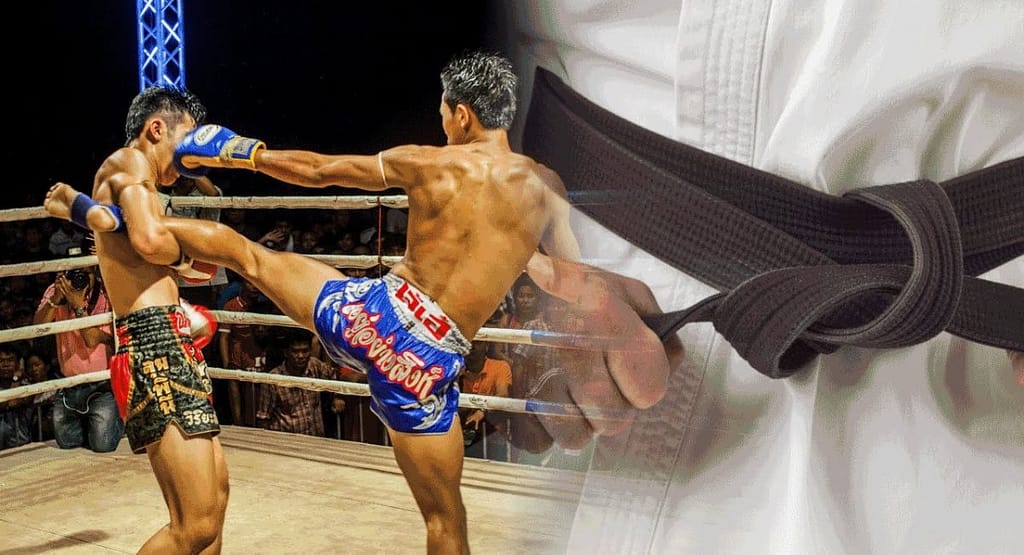
If you’ve been asking yourself, What’s the correct rank of the belts within Muay Thai?, you’re not alone. The Muay Thai tradition does not emphasize formal belts as Judo or karate, however, modern gyms have established belt ranks to guide students. This system aids fighters in visualizing their progress and inspires them to keep making improvements.
Here’s an example of an
Belt order that is used in Muay Thai that you can see in a variety of gyms around the world:
- White Belt – The beginning level that concentrates on fundamental techniques such as the stance, punches, and kicks concerning the art.
- Yellow Belt – developing fundamental strikes and defense.
- Orange Belt – Combining strikes, enhancing timing, and creating simple combinations.
- Green Belt – learning defensive maneuvers including footwork, ring, and movement.
- Blue Belt – Intermediate techniques, including clinching counters, sweeps, and.
- Brown Belt – Advanced techniques, sparring strategies and fight strategies.
- Black Belt – Leadership and mastery, educating others, and being competitively ready.
Every gym can alter the sequence slightly, however the sequence is generally used. For more information on the process look up this article regarding this Muay Thai belt rankings technique.
What Are the 15 Levels of Muay Thai?
Certain organizations go further, dividing the learning process into the 15 stages of Muay Thai. This system allows more precise distinctions for tracking subtle changes in training, technique, as well as mental strength.
The 15 levels of Muay Thai generally cover:
- Fundamental stances, punches, and kicks.
- Improvement in footwork as well as defensive block.
- A basic introduction to clinch and basic sweeps.
- Counters and combo strikes.
- Advanced techniques for clinching.
- Training for endurance and power conditioning.
- Ring awareness and a strategy for fighting.
- Discord with tactic and control.
- Mental preparation for fights.
10-15. Enhancement of all abilities, leadership, and teaching ability.
Through dissecting learning in smaller pieces, gyms provide a more stimulating setting for students to monitor and recognize every step they make. To learn more about these 15 levels, go to this detailed guide to Muay Thai stages.
How Many Ranks Are There in Muay Thai?
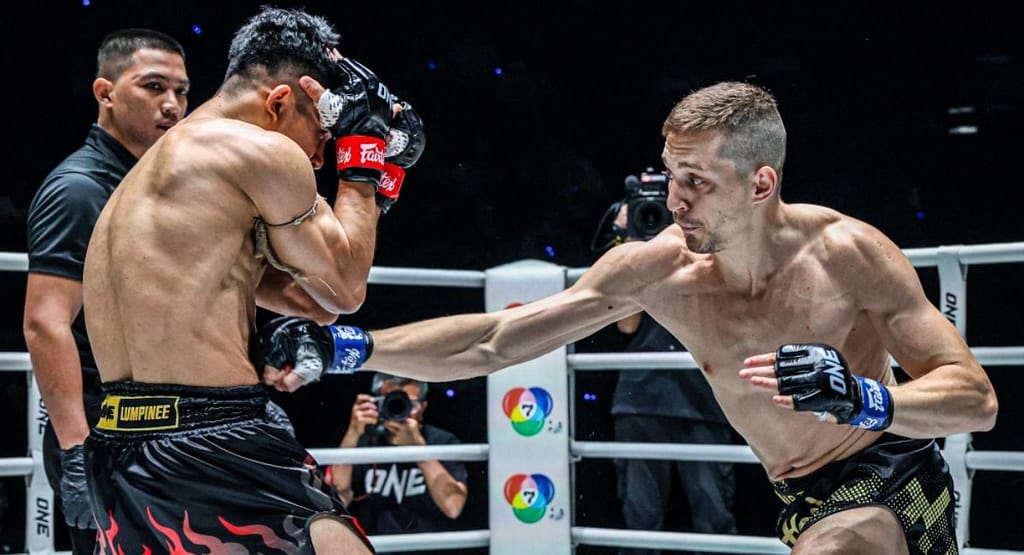
It’s possible to ask, How many ranks are there in Muay Thai? The answer will depend on the person you inquire. Muay Thai’s long-standing roots as a combat art did not originally have official ranks. However modern training facilities around the world have implemented rankings that can be used by beginner and competitive fighters.
Typically:
- Traditional Muay Thai gyms: No formal belts, focusing on fighting experience along with instructor’s permission.
- Modern gyms: usually between 7 and 10 belt ranks.
- Certain organizations: up to 15 levels, with stripes and colored belts.
The differences in this case reflect the different training theories. If you’re interested in understanding how fighters from around the world perceive rankings, read the discussions on Reddit. Muay Thai rankings system on Reddit.
Can I Master Muay Thai in 2 Years?
It is a question nearly every beginner has: Can I master Muay Thai within two years? The truth is that the ability to master Muay Thai is a lifetime process, but if you are committed to training it is possible to make significant improvements in two years.
Here’s what you can expect if you are serious about training:
- Training The frequency of practice is Training 3-5 times per week using consistent exercises including sparring, conditioning, and a variety of other drills.
- Competency Level It is possible to progress from intermediate and advanced levels of proficiency (equivalent to brown or blue belts).
- Contest: Many practitioners begin amateur fights within a couple of years.
- Mastery Total mastery of HTML0, which includes mental toughness and IQ, usually takes between 4-5 years and even longer.
For instance, Maria, an avid Muay Thai enthusiast, trained continuously for 2 years and earned her brown belt. She competed with success in regional tournaments. She stresses that progress is contingent on the dedication of coaches and the right the right mindset.
Understanding the Muay Thai Belts Ranking System

It is important to understand that the Muay Thai belts’ rank system is not only about color. It’s about the journey you’re on as an athlete. Each belt represents mastery of specific methods, fitness levels, and fighting ability.
- Belts ranging from green to white Concentrate on the fundamentals and the basics.
- Belts of Brown and Blue The refinement of sparring technique, technique, and strategies.
- The black belt indicates proficiency and ability to instruct.
Ranking systems promote discipline and aid in maintaining gym the highest standards of teaching. If you’d like to go deeper into the intricacies of ranking, check out this extensive Muay Thai ranking guide.
How Does Belts Muay Thai Training Work?
Training to move up the belts in Muay Thai instruction is structured, but it’s challenging. This is a step-by-step guide to what to expect as you progress through the ranks:
Step 1: Master the Basics
Learn basic stances, punches (jab cross, hook, jab), and basic kicks (roundhouse) elbows, and knees.
Step 2: Conditioning and Footwork
Improve stamina and increase mobility by jumping rope running, shadowboxing, and running.
Step 3: Combinations and Defense
Train in chaining attacks and master blocks parries, slipping.
Step 4: Clinching and Sweeps
Start clinch work to begin clinch work, among Muay Thai’s most famous techniques and sweeps.
Step 5: Sparring
Training in controlled fighting to apply techniques in real-time.
Step 6: Mental Training
Develop your fighting intelligence discipline, strategy, and IQ by studying and coaching.
Many gyms require you to demonstrate your competence at each stage before you can be promoted. To get a thorough training guideline take a look at the Muay Thai instruction tutorial.
What Are the Common Muay Thai Belt Colors and Their Meaning?
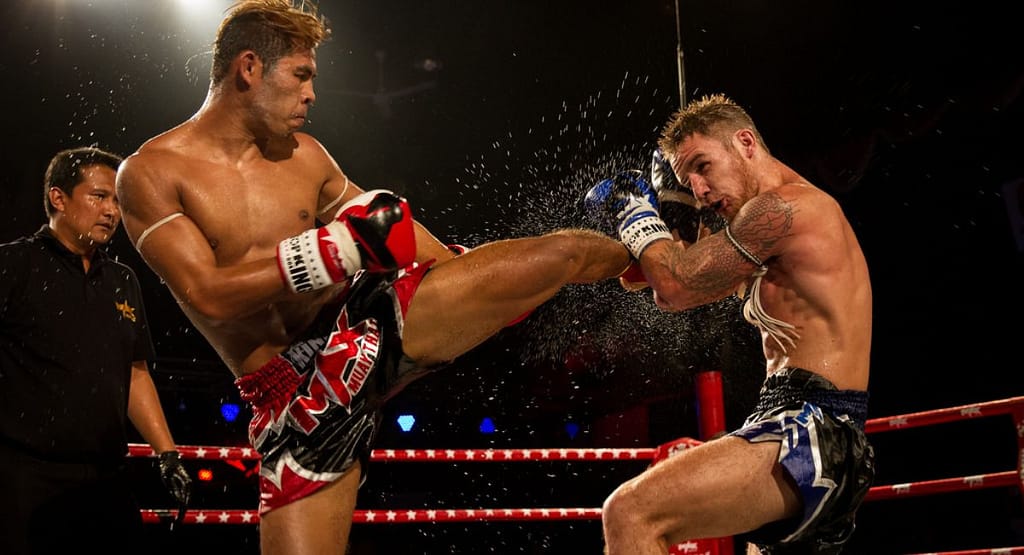
Understanding what Muay Thai colors of the belt can help you determine where you stand and the capabilities you’re expected to demonstrate. The most common colors and their meanings are:
- White Belt Student who is new, beginning to learn the basics.
- Yellow Belt: Basic techniques and combinations.
- Orange Belt: Increased power and accuracy.
- Green Belt: Introduction to defense and the art of clinching.
- Blue Belt: Intermediate techniques and sparring.
- Brown Belt: Advanced fighting techniques and strategies.
- Black Belt: The ability to teach and mastery.
Some gyms employ strips or different colors to indicate the progression between belts. For visual aids, check out the Muay Thai belt color diagram.
How Much Does Belts Muay Thai Price Cost?
The cost of rank tests and belts is contingent on where you train and on the quality of the equipment.
- Belt Testing Costs: Can range from no cost up to $500 or greater.
- Shopping Belts The cost of quality belts is between $10 to $40.
- Training Equipment: Gloves, shin guards, and wraps are necessary and are priced additional.
Investing in high-quality belts and gear will ensure durability and ease of use. Brands such as Fairtex and Twins Special are dependable and genuine equipment used by world-class fighters.
What Does the Muay Thai Ranking System Reddit Community Say?
The internet-based Muay Thai rankings technique Reddit Community provides interesting insights and discussions on the legitimacy of ranking as well as belt standards and the rules of the gym.
A few key points to remember:
- Traditionalists are often against formal belts and emphasize combat experiences.
- Belts are a popular source of incentive for students.
- Discussions about testing standards differ according to gyms, some of which require formal exams, while others require more informal tests.
- The community is a place where integrity and honesty over color.
Participating in these discussions can help you gain real-time tips and advice from fighters of all levels.
Final Thoughts: Why Choosing the Right Belts Muay Thai System Is Important
The path through this Belts Muay Thai system is not only about accumulating colors. It’s about personal development in skill and development as well as reverence for an old martial art. A clear ranking system inspires you, helps set objectives, and assists in assessing your improvement.
If you’re willing to take on Muay Thai make sure you invest in an effective training program, a supportive gym, and top-quality equipment. Through consistent efforts determination, discipline, and a positive attitude the belt you wear will be a true representation of the hard work you put into it and your skills.
If you’re planning to start with your Muay Thai journey or need to improve your equipment search for trusted vendors and gyms that have reputable ranking programs. Your belt is more than just a piece of fabric it’s a symbol of your determination and passion.
Learn More About SPORTS

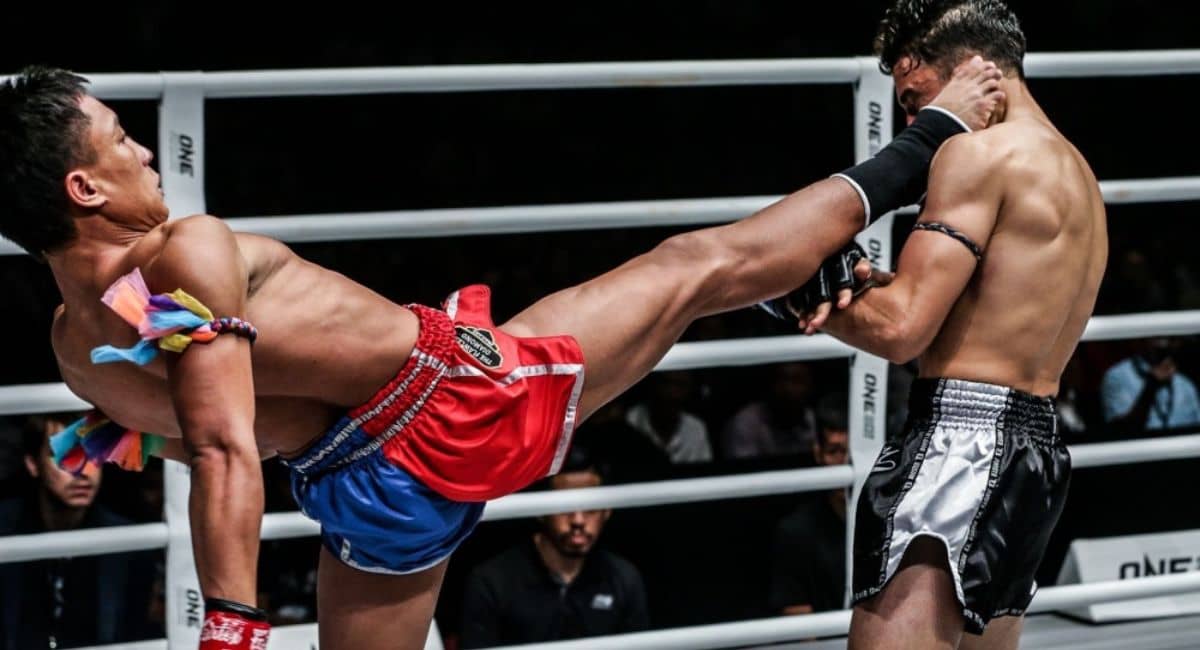
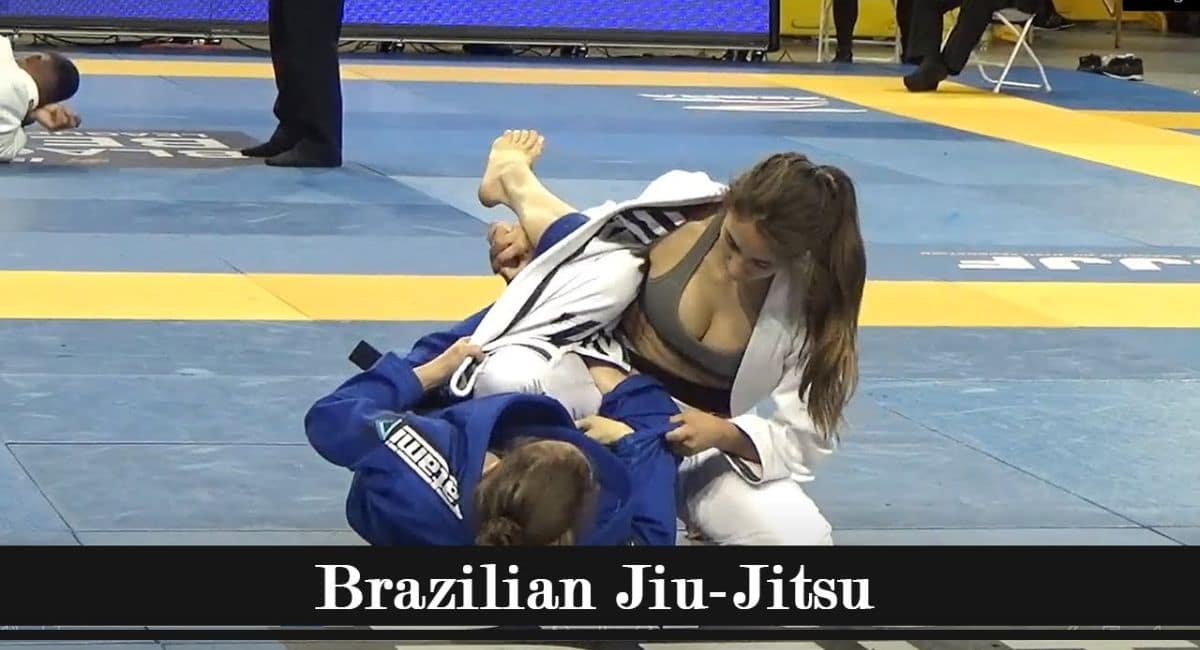
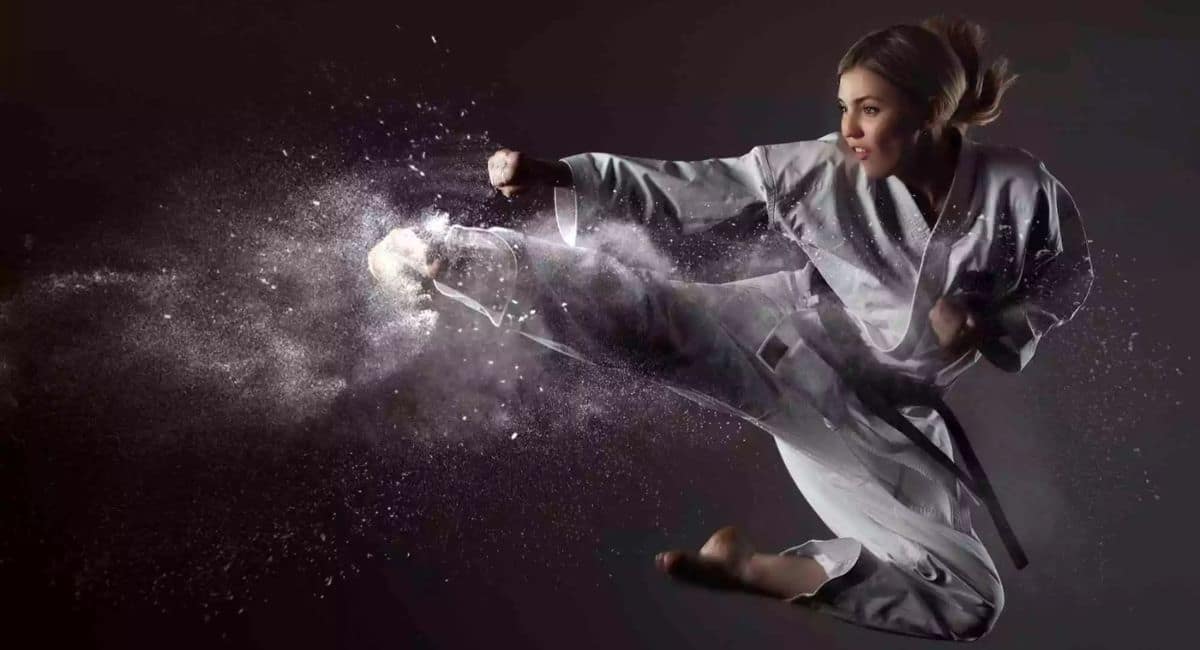


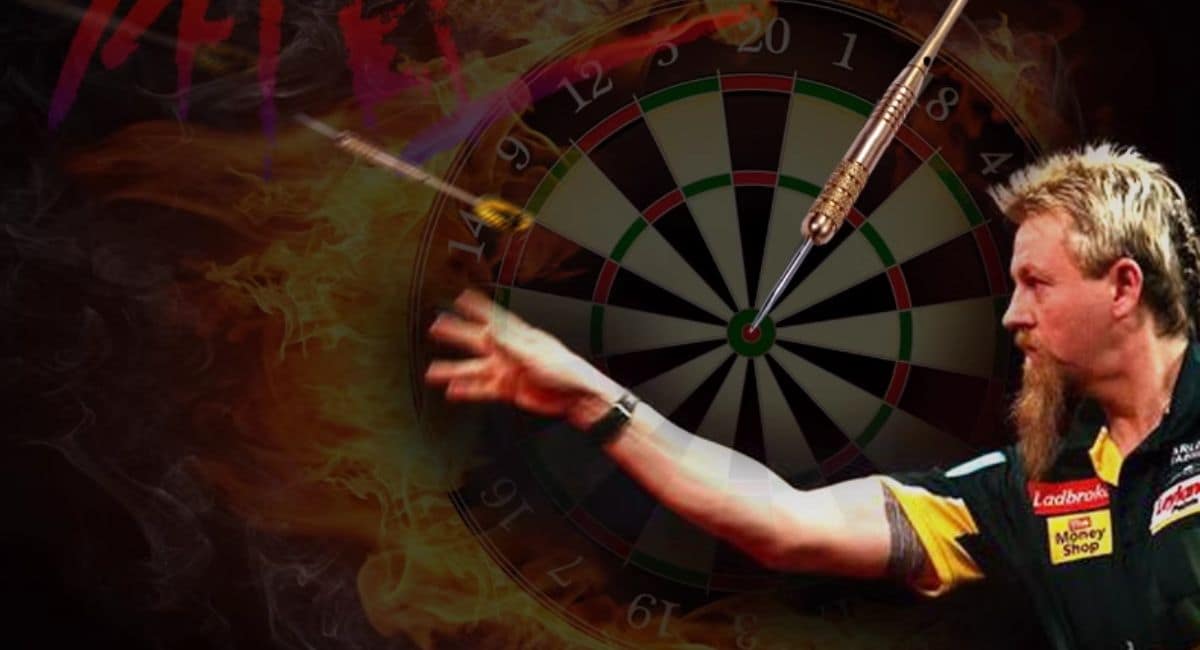
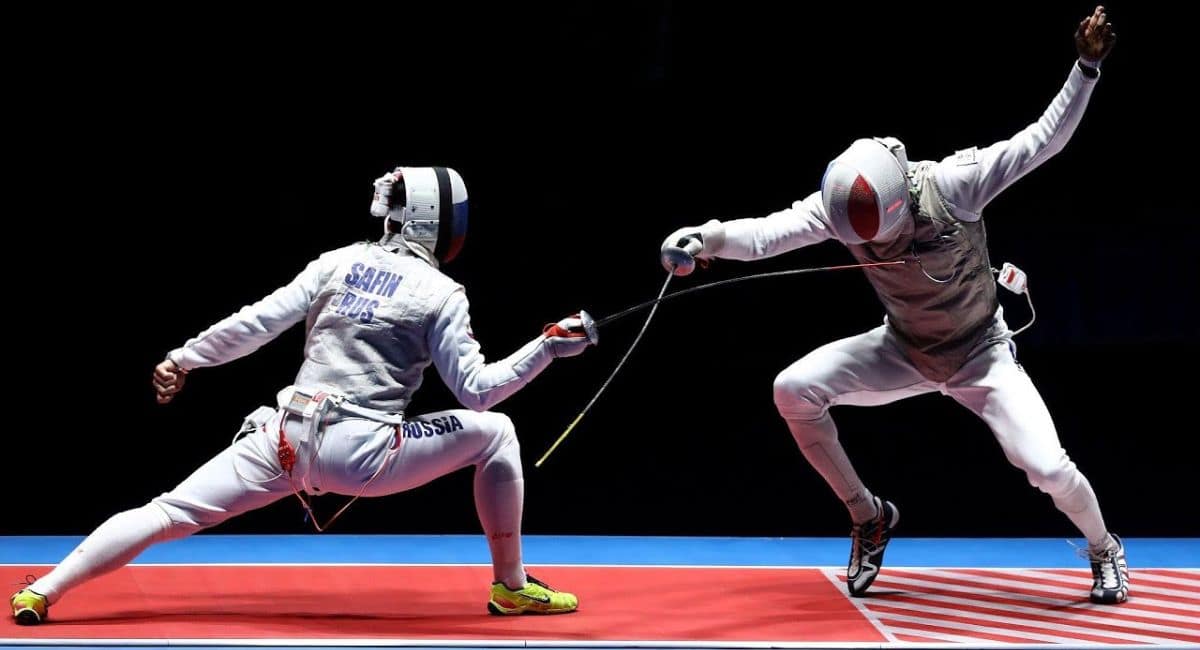

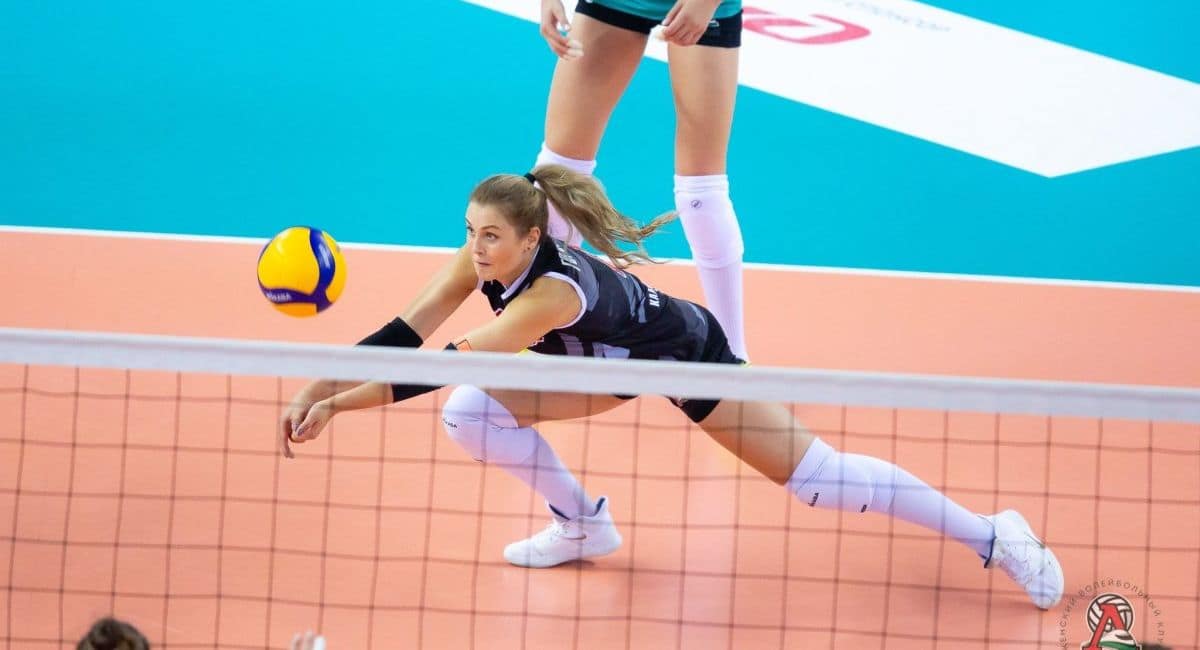
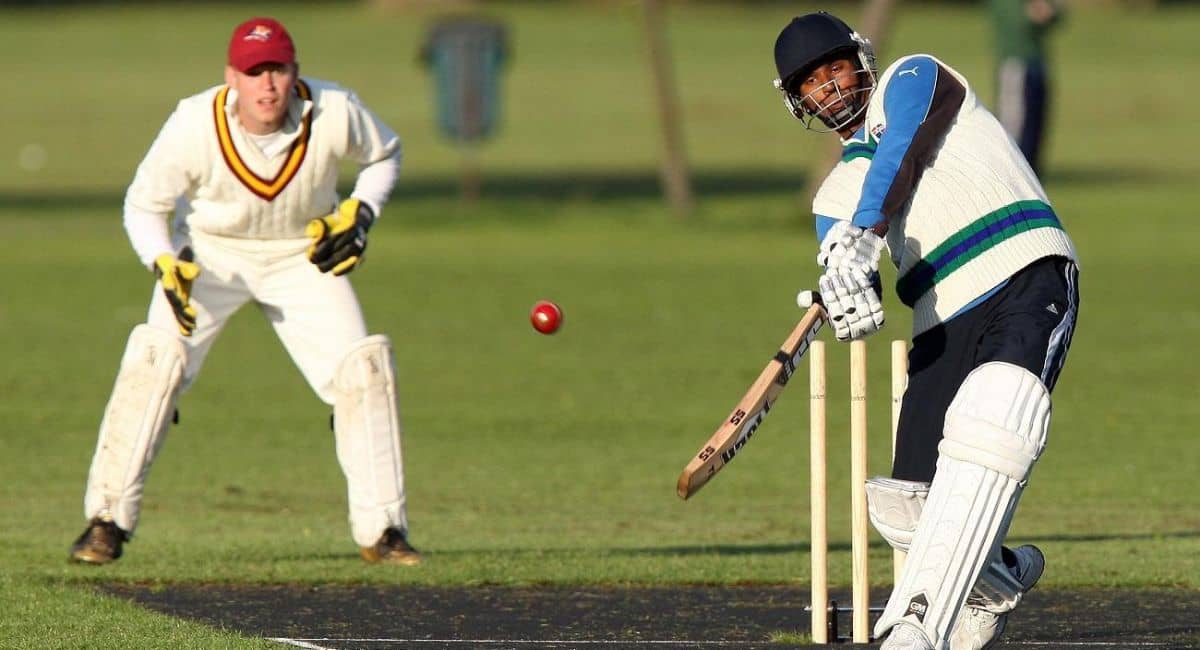

Leave a Reply